VanEck: The Ethereum L2 network will hit $1 trillion by 2030

Ethereum is the most secure and decentralised environment for executing smart contracts, although it has low bandwidth and high fees. When addressing this problem, developers emphasised the development of Layer-2 (L2) networks. These networks process transactions quickly and cheaply, and Ethereum is used as a security guarantor by transmitting compressed packets of information (convolutions) to L1.
The demand for L2 is growing every month, causing ETH's share of total transaction volume in the Ethereum ecosystem to steadily decline.
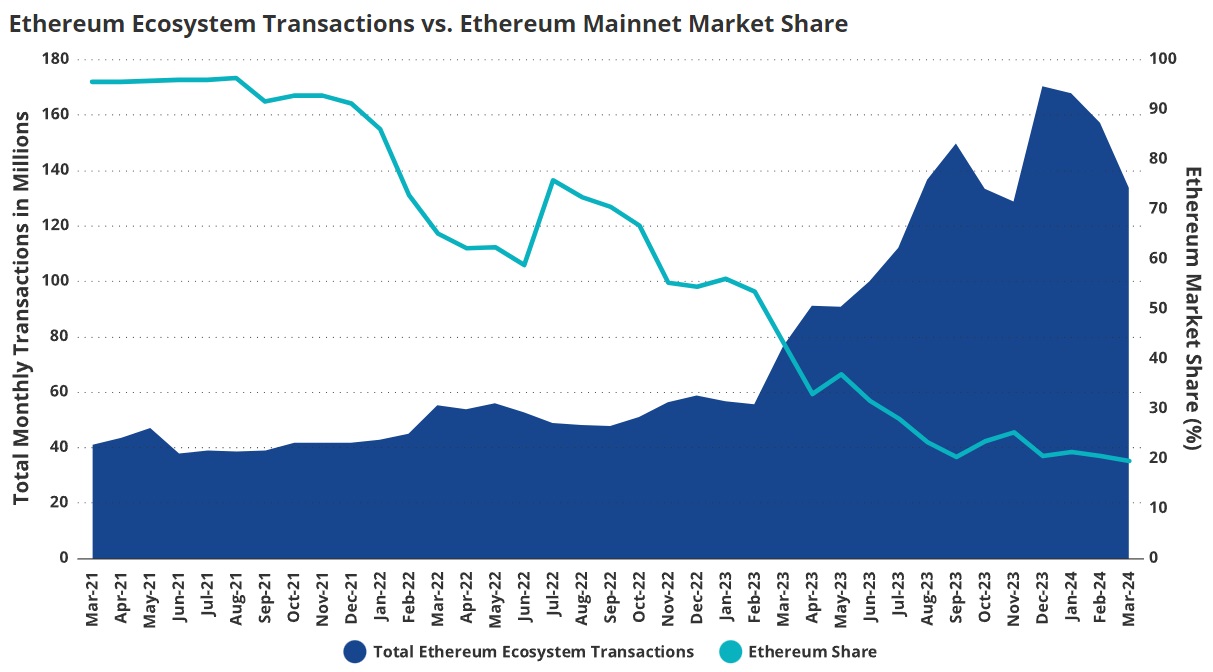
To move in the chosen direction, the Dencun hardfork was implemented on 13 March. Because of this hardfork, the information from L2 is now recorded at a separate level in so-called blob objects. This has reduced commissions on L2 by more than 90%.
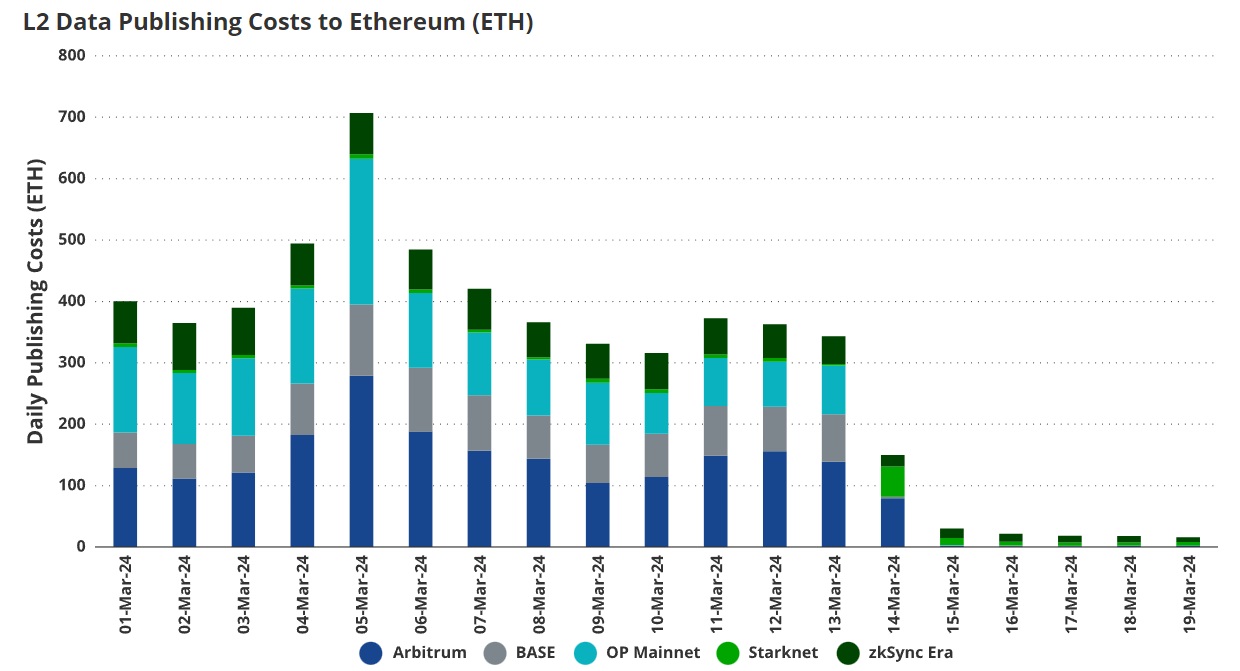
As a result, interest in L2 soared to unprecedented heights over the course of a month, and now Base (Coinbase's network) has surpassed Ethereum in the number of transactions over the last 30 days, increasing the number of active users in March from 19,000 to 171,000.
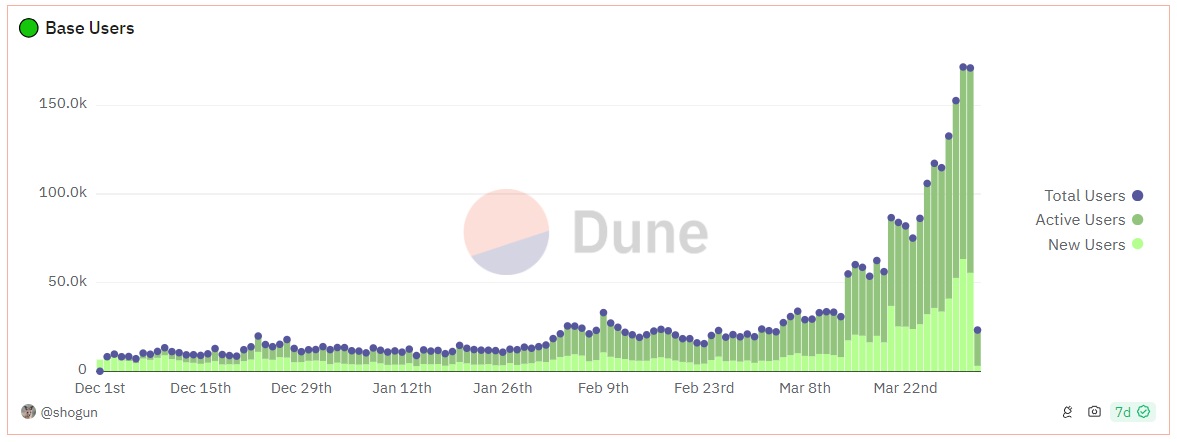
The total value of L2 networks has nearly doubled to $41 billion this year, with investment firm VanEck predicting that the figure will rise to $1 trillion by 2030. If the forecast comes true, it'll be a growth driver for Ethereum, but it also contains potential risks.
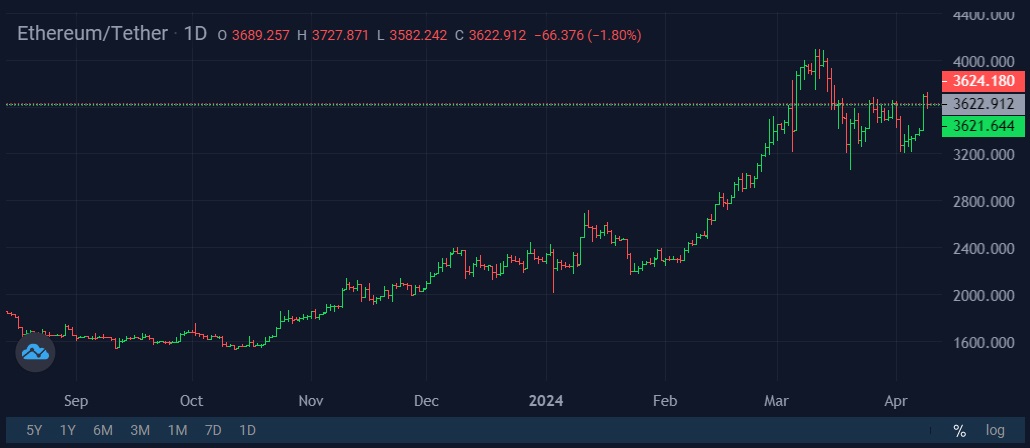
Developers are mainly concerned that ETH itself is increasingly being used for staking. The number of active validators is approaching 1 million, and the volume of blocked ETH has exceeded a quarter of the total supply.
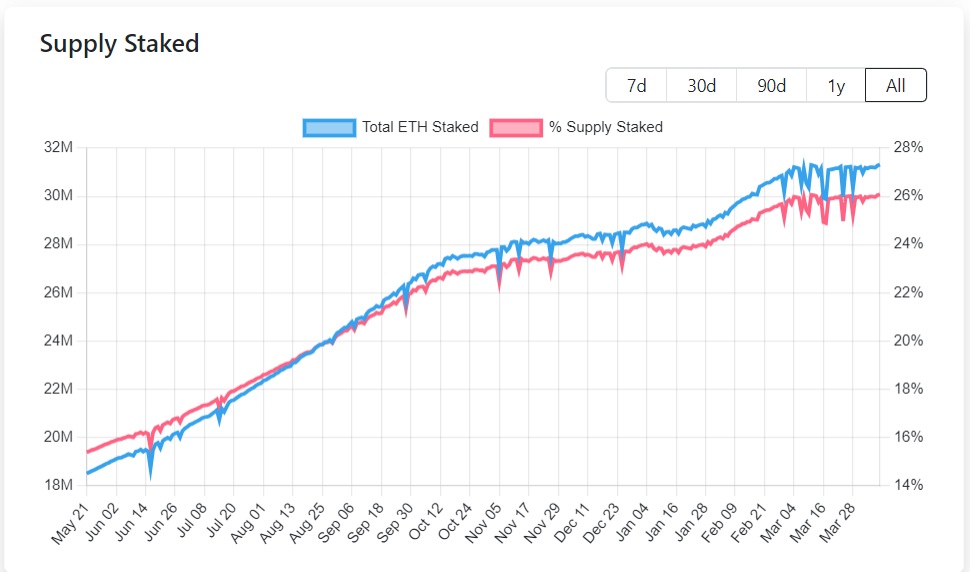
The growth of validators leads to network congestion due to increased messages, while the growth of staking coins entails systemic risks due to a bloated liquid betting market (when a token of a particular platform is issued in exchange for staked ETH). For example, Lido Finance alone has a 72% share in this market segment with a total staked value of $32.7 billion.
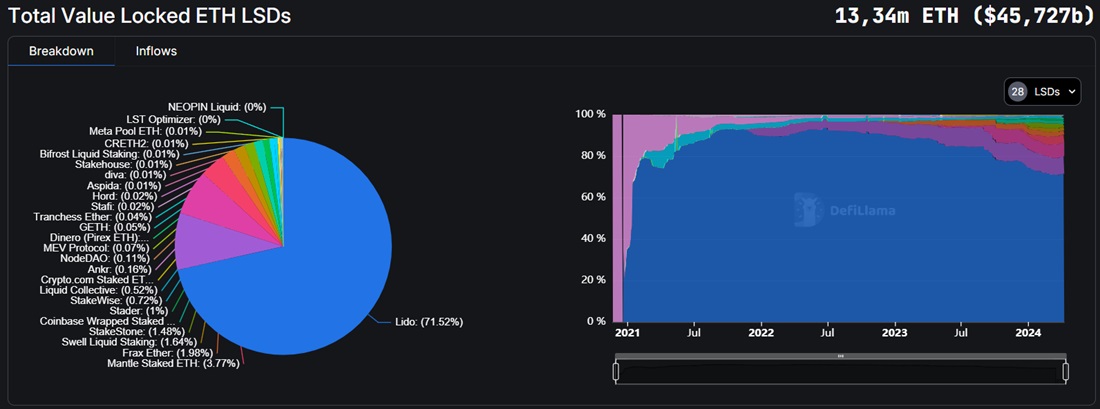
The development of L2 networks exacerbates these problems as activity on Ethereum's first layer declines. To solve them, the developers propose introducing a limit on the profitability of staking when a threshold on the number of validators or staked ETH is reached.
The community reacted negatively because this approach is strongly similar to central bank monetary policy. A solution that's acceptable to all has yet to be found.
StormGain Analytical Group
(platform for trading, exchanging and storing cryptocurrency)
Tags
Try our Bitcoin Cloud Miner and get additional crypto rewards based on your trading volume. It's immediately available upon registration.
Try our Bitcoin Cloud Miner and get additional crypto rewards based on your trading volume. It's immediately available upon registration.



